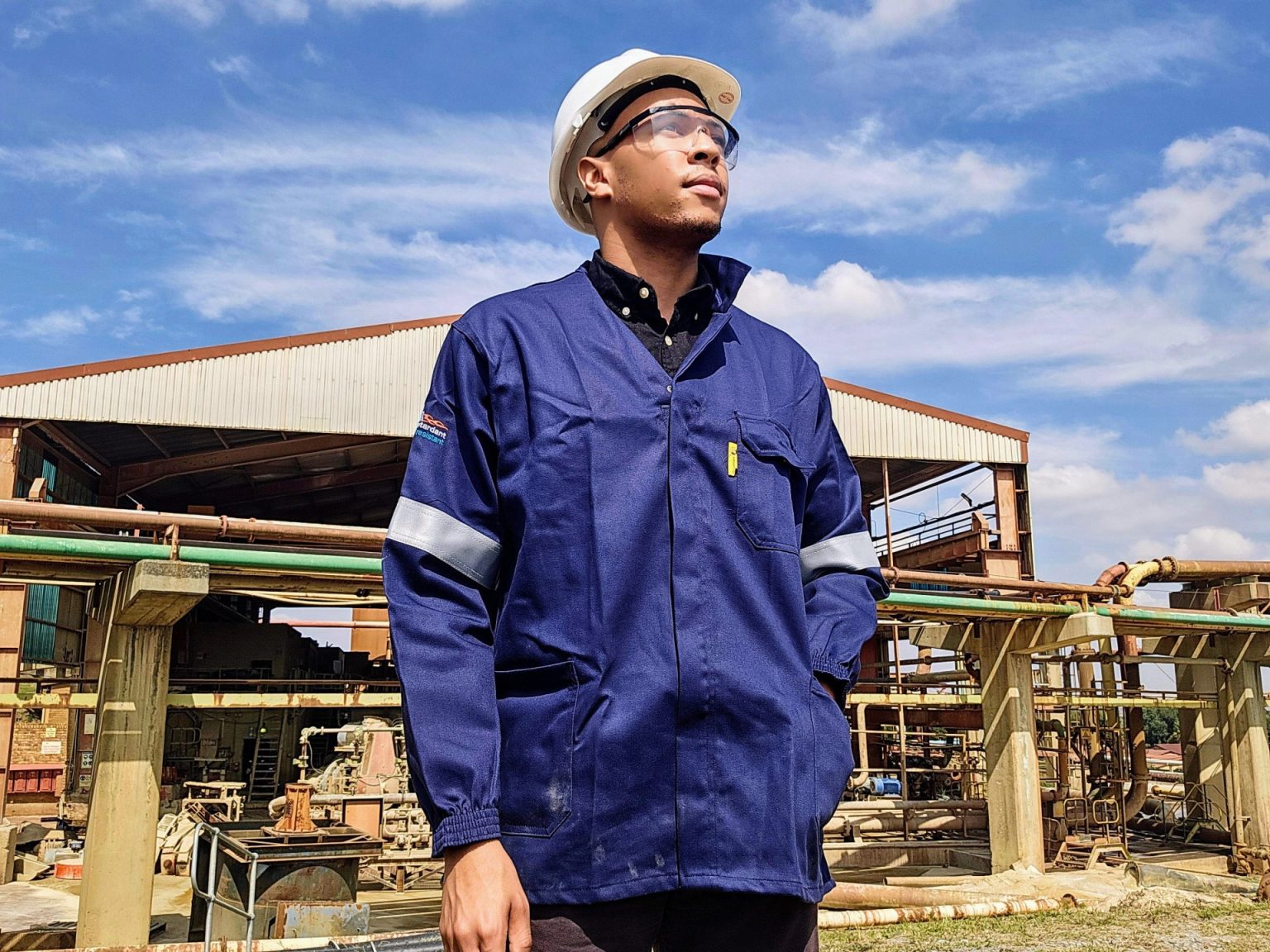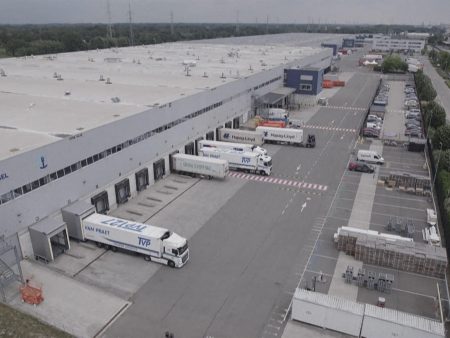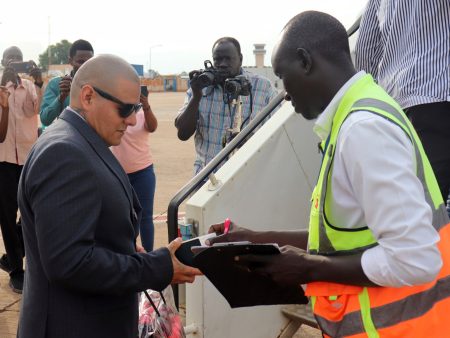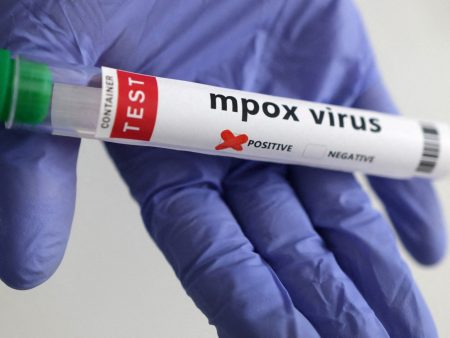Steve Chingwaru, a 26-year-old geometallurgist, has made a groundbreaking discovery regarding the mine dumps in Johannesburg, South Africa. The mounds of orange dust in the city are actually mine waste from the richest gold deposit ever discovered, containing approximately 420 tonnes of “invisible gold” worth $24 billion. Chingwaru’s research for his PhD thesis revealed that the majority of the gold in these mine dumps is hidden in pyrite, a mineral being overlooked by the current extraction techniques employed by the mining industry in South Africa.
Chingwaru’s research has sparked intense interest from several South African tailings reprocessors who see the potential for extracting this hidden gold. While the process may be costly, Chingwaru’s findings suggest that it could lead to a significant profit, especially with the current gold prices. This has led to job offers from companies in Australia, Canada, Germany, and the United States, indicating the value of his research in the mining industry. However, extracting all 420 tonnes of gold will require advanced technology and a viable business case to make it economically feasible.
Despite his remarkable accomplishments in the field of geometallurgy, Chingwaru had a challenging upbringing, growing up in Zimbabwe under difficult economic conditions. He made the decision to move to South Africa for better opportunities and pursued his education in geology and earth sciences at Stellenbosch University. His academic excellence and dedication to his research have led to numerous achievements, including completing his PhD ahead of schedule and receiving job offers from various countries around the world.
Chingwaru’s passion lies in using his expertise to help the mining industry transition towards a more sustainable future. Reprocessing the Witwatersrand tailings not only has the potential for extracting valuable resources but also for improving the environmental and health impacts in Johannesburg. With a focus on sustainability and environmental responsibility, Chingwaru aims to make a positive impact through his work in the industry.
Looking ahead, Chingwaru is considering his career options carefully, weighing the opportunities to work in different countries and cultures against his ambition to be involved in the extraction work itself. He is eager to gain real-world experience while also planning to pursue a postdoctoral research project in the future. His decision to accept an offer from the Institute of Sustainable Minerals at the University of Queensland in Australia reflects his commitment to combining industry work with academic research in sustainable mining practices.
In conclusion, Steve Chingwaru’s pioneering research in geometallurgy has the potential to revolutionize the mining industry in South Africa and beyond. His determination to make a positive impact through sustainable mining practices and his academic excellence have garnered recognition and job offers from around the world. As he embarks on the next phase of his career in Australia, Chingwaru remains dedicated to using his skillset to drive innovation and sustainability in the mining sector.













